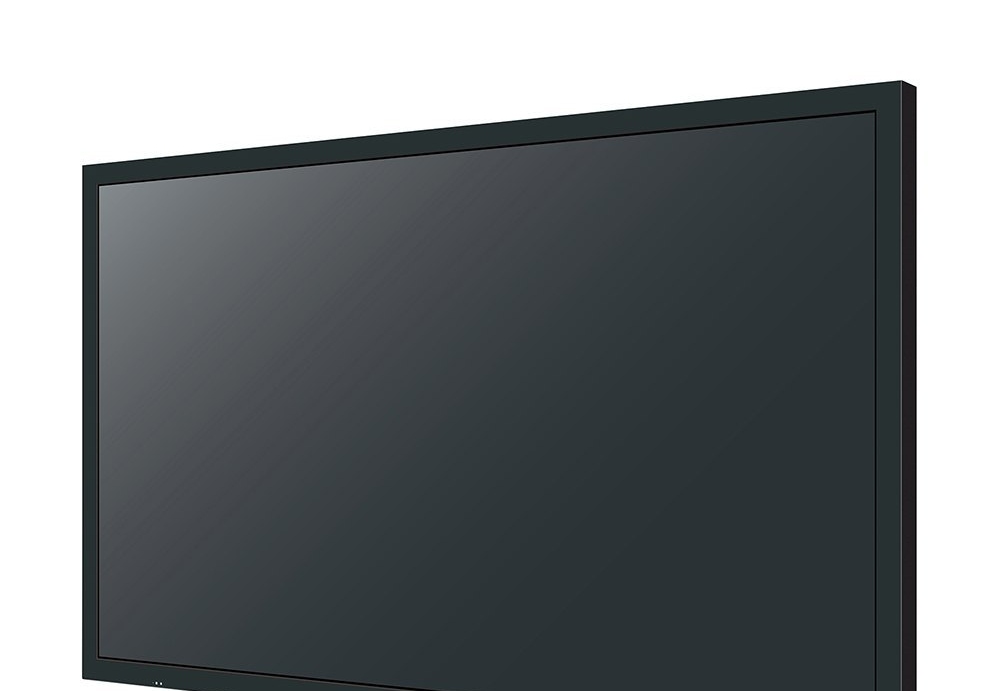Comments
- No comments found

As modern consumers, we get to play with all the different technologies that pop up in stores on a regular basis.
It's pretty fascinating to see all the things we once thought were impossible come to life today. We're now able to watch movies without going to the cinema or to communicate with someone in another country via video. All thanks to technology. These things were next to impossible just three decades ago. Everything keeps changing so rapidly that it's almost difficult to keep up the pace with everything. And technology still manages to surprise us with its new inventions.
But, what about some old inventions such as the monochrome screen? How can a simple piece of technology such as a black and white screen remain popular today when we're all looking for vibrant colors and vivid experiences? These displays are one of the longest-standing pieces of technology that have been around for a while. And they were a big milestone in LCD history.
They're super basic and easy to handle. And, believe it or not, they are in widespread use even today. You're probably wondering why people still use monochrome screens when there's a better replacement? Well, because its advantages are numerous. Plus, it's still relevant for a lot of industries today.
Let's take a deeper look and see what monochrome screens bring to the stage. We'll take a look at where they're used and why they're still so important.

In the late 1960s, scientists started using liquid crystals. They wanted to use them for creating displays. And they managed to do that in the 1970s. This was a big milestone and a huge step for LCD technology. The technology they used before was hefty and too complex but liquid crystals changed the game.
This discovery made LCDs lighter and less power-consuming. This made them easy to integrate with different devices.
For instance, the first monochrome LCD screens were used in calculators of the time. This was a big leap in history although it's difficult to imagine it from today's perspective.

Although we're so used to vibrant colors today, we still value the appeal of simplicity. Monochrome LCDs are very simple to use and integrate. Their appeal is in their practicality. They can be used across a variety of applications and devices. Not to mention how affordable they are. As they're easier to produce, the price is also lower than the standard LCD screen we're used to. That's one of the reasons they're used in so many different industries. As a display, the monochrome LCD is a great solution for devices where durability is important and not the overall appearance.
When it comes to the medical industry, monochrome screens play a very important role there. They're used in different ultrasound machines, MRIs and other medical imaging devices. So, the healthcare industry relies a lot on monochrome screens and their durability. As said, these displays are affordable so they're a great solution if certain hospitals are operating on a limited budget. Also, these displays provide a sharp and high-contrast image. What does this mean exactly? It means doctors and nurses are able to quickly read the information on the machine and make their conclusions. This is extremely important during a surgery where it's crucial to act quickly and read vital signs properly.
Another industry that needs durable and functional solutions is definitely the aerospace industry. Monochrome screens are also used here, especially in cockpit displays. They help display airspeed, altitude and heading. Thanks to their high-contrast, pilots are able to read everything quickly. Additionally, monochrome displays are also important for avionics systems. They aid communication, navigation and system monitoring. They display textual data and warnings.
Plus, they display radar data within radar systems and help pilots stay aware of the environment at all times.
Last, but not least, monochrome displays are critical for many industrial environments. For example, they are used for data logging and process control. They're efficient and consume less energy so they're quite a reliable solution for industrial uses. They also allow visibility and readability in harsh conditions and people are able to read data quickly and monitor all the processes.
Hopefully, now you understand the role of monochrome displays a bit better. Obviously, they're not even near to being a thing of the past. In fact, many industries still recognize the importance of these displays and have used them to their advantage. The monochrome screen is power-saving and durable while at the same time providing the user with a quality display that is versatile and easily integrated. So, if you're also looking for a reliable display solution, you can now turn to monochrome displays as the ideal option. These high-contrast screens will serve you for years to come and you'll even fit them in your budget easily.
Leave your comments
Post comment as a guest